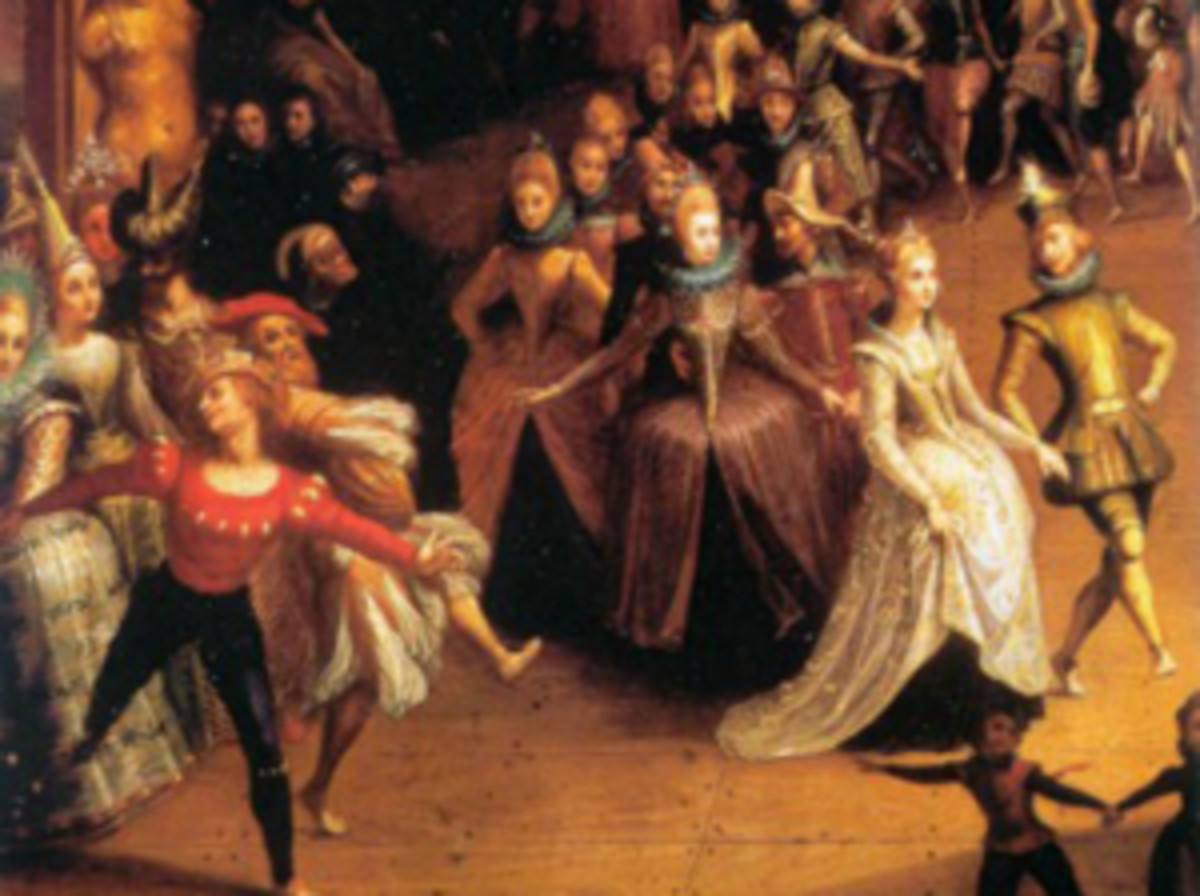From James Howard Kunstler:
The capture of Nicolás Maduro is driving the Lefty-left batshit crazy
for a very good reason: it portends the extinction of their financial
life-support, since Señor Maduro used his country as a money laundry for
the Chinese Communist Party (CCP) and, in turn, cartel drug money, to
funnel gazillions through Cuba to America’s Democratic Party and its
political satellites. Not even George and Alex Soros can fill that hole.
For
a nearly failed state, Cuba has been able to exert undue influence on
US political life through the decades. Mayor Karen Bass of Los Angeles
was trained-up in Marxist revolution there in the 1970s and traveled to
Cuba many times during her stint in Congress. Reps. Ilhan Omar and
Pramila Jayapal dropped into Havana during the last election year. NGOs
such as the Center for Democracy in the Americas act as distribution
nodes for money that comes through Cuba and supports Lefty-left
activists around the USA. Don’t be surprised if a lot of this laundered
money ended up in the bank accounts of US congresspersons and senators,
too. Remember this when you watch them howl on your screens. (Read more.)
From Tierney's Real News:
Dear America,
Here’s a question for everyone who hates Donald Trump, and I ask it with genuine curiosity and just a touch of smug clarity:
So tell me, what would you do? Because so far, all I hear is outrage with no operating instructions.
You
inherit a country with $30+ trillion in debt, a border that was
effectively unenforced for decades, trade deals that hollowed out
manufacturing towns, endless foreign wars with no victory conditions,
NATO allies who openly admitted they weren’t paying their share, a
federal bureaucracy that outlives presidents, and a media class that
abandoned neutrality a long time ago.
Those are facts. Not vibes. Not opinions.
Now answer the question.
Do
you renegotiate trade deals and bring jobs back knowing Wall Street
will scream? Or do you keep the status quo and call it “global
cooperation”?
Do you pressure NATO allies to finally pay their
bills, something they later admitted they did because of Trump, or do
you keep sending American money so no one calls you rude?
Do you
enforce existing immigration law, which Congress already passed, and
accept the media hysteria? Or do you selectively ignore the law and
pretend that’s compassion?
Do you pull troops out of endless wars
and get accused of abandoning allies, or keep Americans dying
indefinitely because withdrawal looks messy?
Do you confront a
bureaucracy that slow-walks orders and leaks to the press, or do you
pretend that unelected agencies undermining elected authority is just
“how government works”?
And now let’s add the newest example everyone’s suddenly hyperventilating over: What do you do with Maduro?
A
narco-trafficking dictator with a U.S. arrest warrant. A man who ran
his country into the ground, starved his people, crushed dissent, and
turned Venezuela into a cartel-run failed state.
Do you: Look the
other way because “international norms”? Issue strongly worded
statements while people suffer? Or do you take him into custody, put him
on a plane, and let a federal court handle it, like we do with
criminals?
Because that’s what leadership looks like.
This
isn’t “running Venezuela for oil.” This isn’t imperialism. This isn’t
some Marvel-villain fantasy. It’s law enforcement at the international
level, something we used to understand before performative outrage
replaced common sense.
And notice the irony: Venezuelans are
dancing in the streets, while the left are losing their minds from their
couches screaming about legality. (Read more.)
Share





















